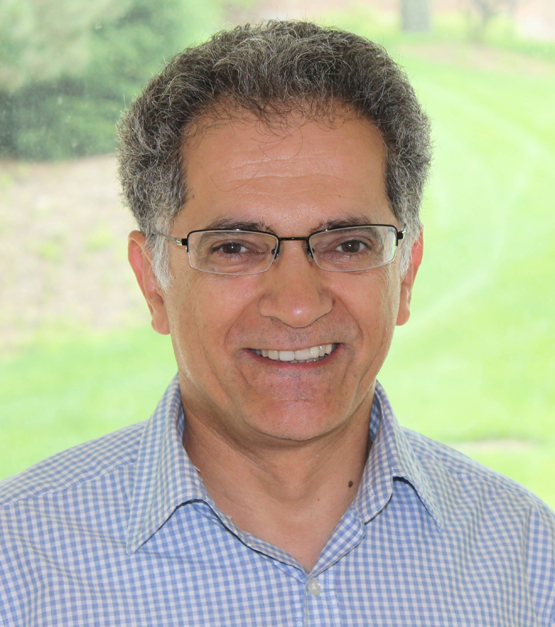Researching the future of remote sensing
Directed by Kamal Sarabandi the new program aims to create theoretical models for remote sensing of ice and snow.

 Enlarge
Enlarge
ECE researchers will explore the fundamental capabilities of remote sensing through a new grant funded by NASA. Directed by Kamal Sarabandi, Rufus S. Teesdale Professor of Engineering, the new program aims to create theoretical models for remote sensing of ice and snow.
Specifically, the research seeks to develop a better understanding of wave propagation and scattering, and to improve tools for future monitoring. This work could feed into the development of new sensors for a variety of remote sensing applications.
“The idea of this program is to look into the future,” said Prof. Sarabandi, “determine what new types of measurement can be done remotely, and develop the science and theory for what is and isn’t possible.” Based on the theory, researchers can better determine the best ways to monitor the earth, such as ice and snow levels, through remote sensing.
Snow and ice levels have serious ecological consequences. “California is in a drought not because of a lack of precipitation, but because of a lack of snow in the Sierras,” explains Prof. Sarabandi. “The same thing is happening in India, in the Himalayas – if it rains and doesn’t snow, the water just goes away.”
Understanding the phenomena at play in these regions can help to better manage resources. Being able to anticipate a drought, for example, would help mitigate water waste and preserve reservoirs. Eventually, after enough data is gathered, techniques for reversing these problems as they unfold may be possible.
Prof. Sarabandi has long been a strong proponent for pursuing this type of theoretical research. He was a member of a NASA Advisory committee nearly ten years ago when there was discussion about funding fundamental research once again, and he believes it was an important step forward when they approved this area of research. “Everything we know now was begun 10-20 years ago,” he explained. “You have to first figure out what can and can’t be done before you develop the sensors and tools for measurement.”
The research is funded by NASA as part of their Remote Sensing Theory for Earth Science program. The specific research is called Microwave Remote Sensing of Snowpacks: Development of a Novel Model for Dense Random Volumes over Rough Surfaces Using the Statistical S-matrix Approach in the Spatial Spectral Domain.

 MENU
MENU 
